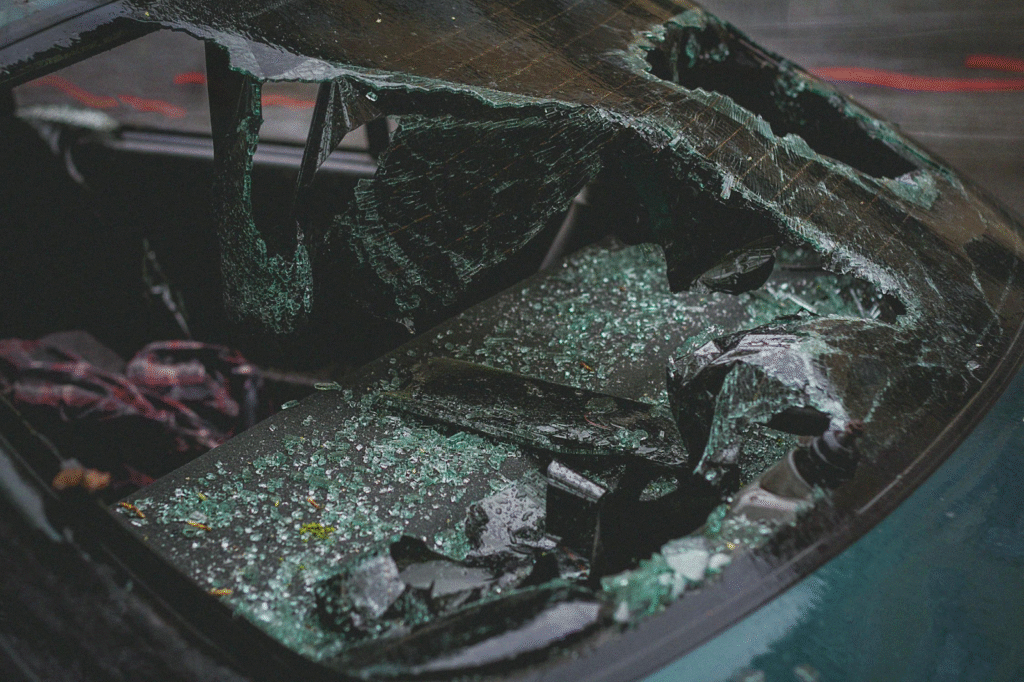Determining fault in a car accident case is an essential aspect of settling claims and navigating insurance processes. Depending on the circumstances surrounding the accident, various factors contribute to establishing who is to blame and how compensation is awarded. Understanding these elements can help accident victims receive the justice they deserve. This process typically involves assessing evidence, the circumstances of the collision, and the local traffic laws that apply. Through careful analysis, the parties involved can either come to a resolution or pursue litigation if necessary.
Understanding the Basics of Fault Determination
In the context of car accidents, fault refers to the degree of blame attributed to each driver involved. This determination is critical for recovery of damages and for insurance matters. Each state has its specific laws regarding fault. Some states follow a comparative fault rule, where the fault is divided depending on each party’s contribution to the accident.
Others operate under a no-fault system, meaning that personal injury claims are handled through insurance, regardless of fault. Without a clear understanding of the laws pertinent to the accident, injured parties may struggle to receive appropriate compensation.
The Role of Evidence in Fault Assessment
Evidence plays a pivotal role in establishing fault in car accidents. Various forms of evidence, such as witness statements, police reports, and photographs of the accident scene, can significantly impact the outcome of a claim. Analyzing the evidence relating to the crash provides a clearer picture of what transpired.
The presence of skid marks, damage patterns, and traffic signal statuses all contribute to the fault determination process. Employing expert testimonies, such as accident reconstruction specialists, can further clarify complex situations. This evidence must be gathered and preserved promptly, as memories can fade and conditions can change quickly after an accident.
How Insurance Companies Determine Fault
Insurance companies play a significant role in determining fault after a car accident. When a claim is filed, the insurance adjuster will conduct a thorough investigation. They review all available evidence, including accident reports, photographs, and statements from both parties involved. Insurance companies may consider prior claims or the driving records of the individuals involved.
The aim is to allocate blame appropriately and determine liability for damages. Drivers soon find that resources such as a lafayette car accident attorney can help navigate these complexities. Understanding how insurance companies assess fault is intricately linked to the types of coverage available.
The Impact of State Laws on Fault Determination
State laws significantly influence how fault is determined in car accidents. As mentioned earlier, some states operate under a no-fault system, meaning that each driver’s insurance pays for their injuries, regardless of blame.
Other jurisdictions employ comparative or contributory negligence laws, which assess the degree of responsibility on the part of each driver. In comparative fault states, those who are partly responsible for the accident may still pursue damages, but their compensation is reduced based on their degree of fault. Familiarizing oneself with relevant state laws can assist in effectively negotiating settlements or pursuing legal action.
The Importance of Witness Testimonies
Witness testimonies can greatly impact fault determinations in car accident cases. Bystanders who observed the event can provide critical insights that help clarify the sequence of events leading up to the crash. Their perspectives can support one party’s account of the accident, lending credibility to their claims.
Legal representatives may seek witness statements or records to substantiate their case. In some situations, video footage from nearby surveillance cameras can serve as powerful evidence, significantly influencing fault assessments. The reliability of witness testimonies may vary, so corroborating accounts with physical evidence is crucial.
Understanding Respondeat Superior and Employer Liability
In instances where an accident involves a driver performing their job duties, employer liability comes into play. The legal doctrine known as respondeat superior holds employers accountable for the actions of their employees while they are engaged in work-related activities. For example, if a delivery driver causes an accident during their shift, the employer may be held liable.
Determining fault in these situations can become complex, as it involves the actions of the employee and the employer’s level of responsibility. This area of law underscores the importance of legal expertise in navigating the intricacies of fault determination in car accidents.
Taking Action After a Car Accident
After being involved in a car accident, knowing the steps to take is vital. First, ensure that everyone is safe and seek medical attention if necessary. Next, collect as much information related to the accident as possible, such as contact details from witnesses, photographs of the scene, and police reports.
Reporting the accident to your insurance company should follow, as they will begin their investigation into fault determination. For many individuals, consulting a legal expert to understand their rights and options can make a significant difference in the outcome of their case.
Understanding how fault is determined in car accident cases is essential for gaining compensation and protecting one’s rights. Through careful examination of evidence, awareness of state laws, and, when appropriate, assistance from an experienced attorney, victims can effectively navigate the complexities of the aftermath of a crash.






